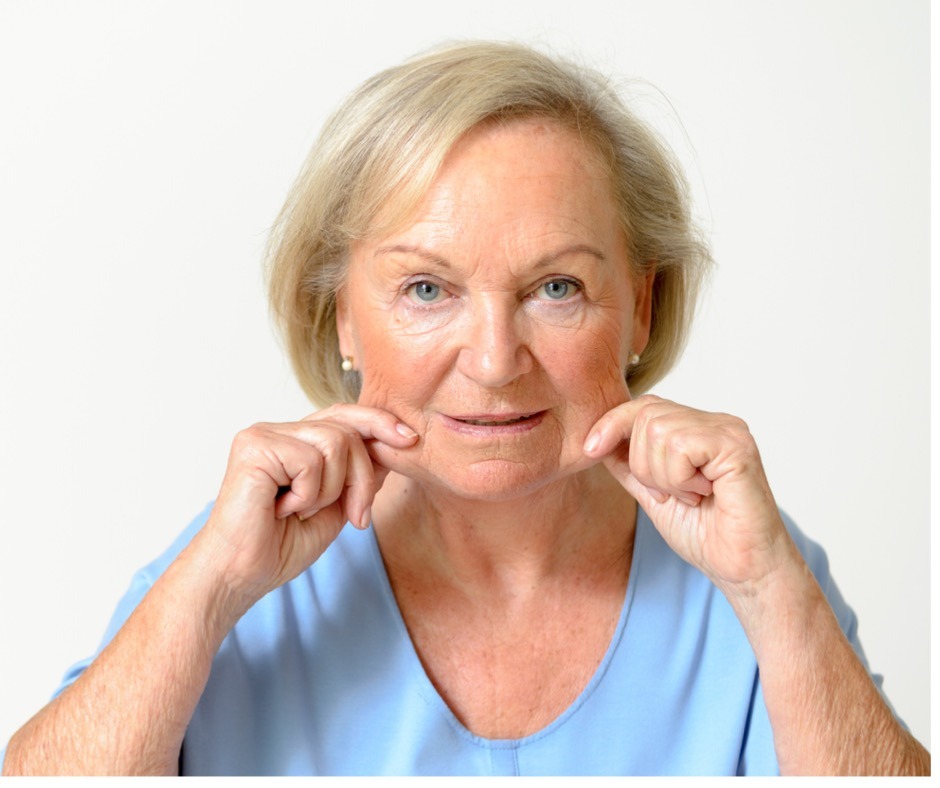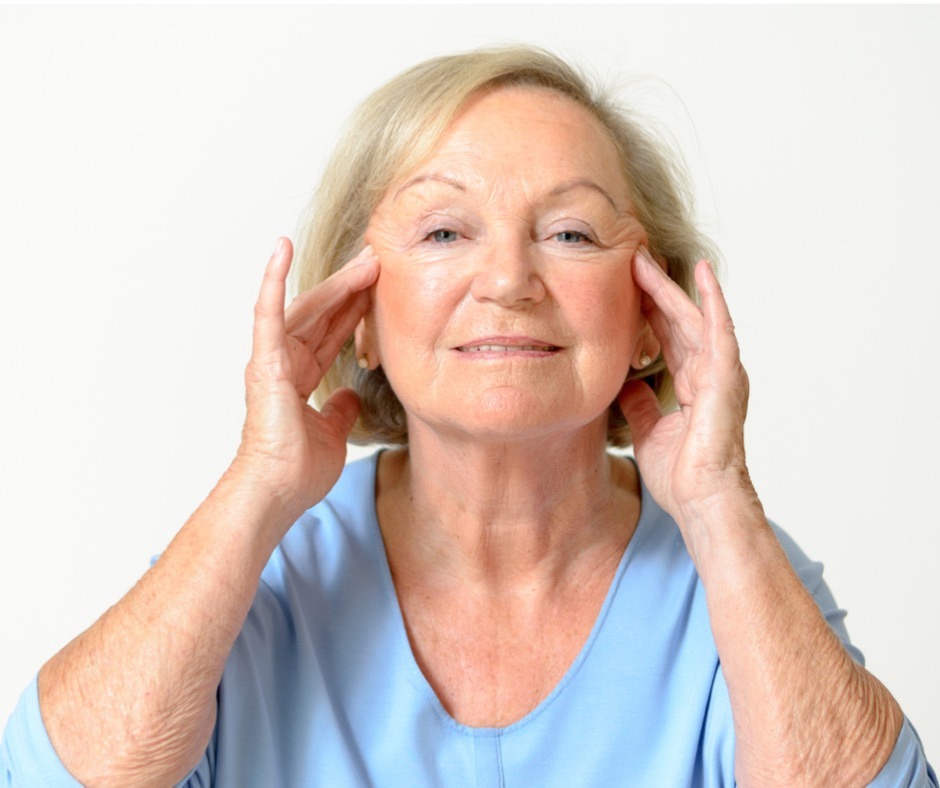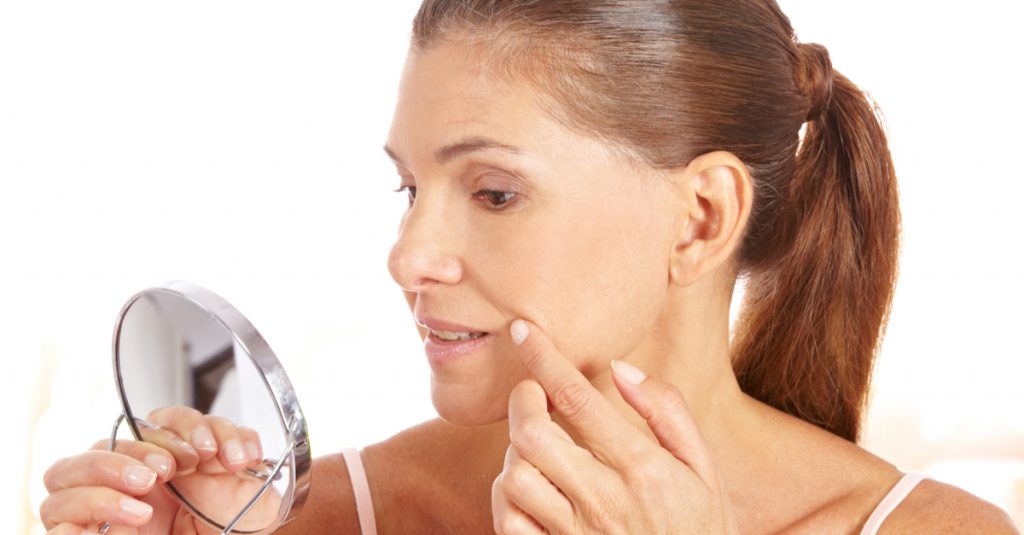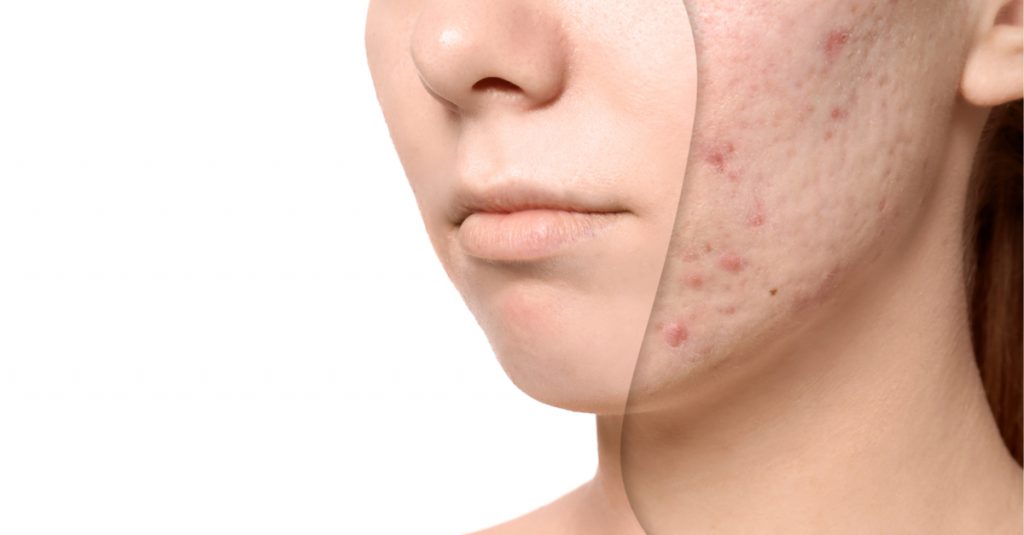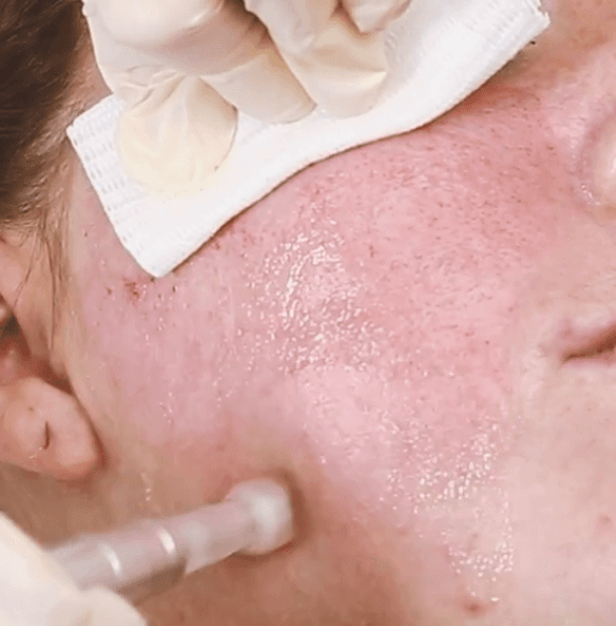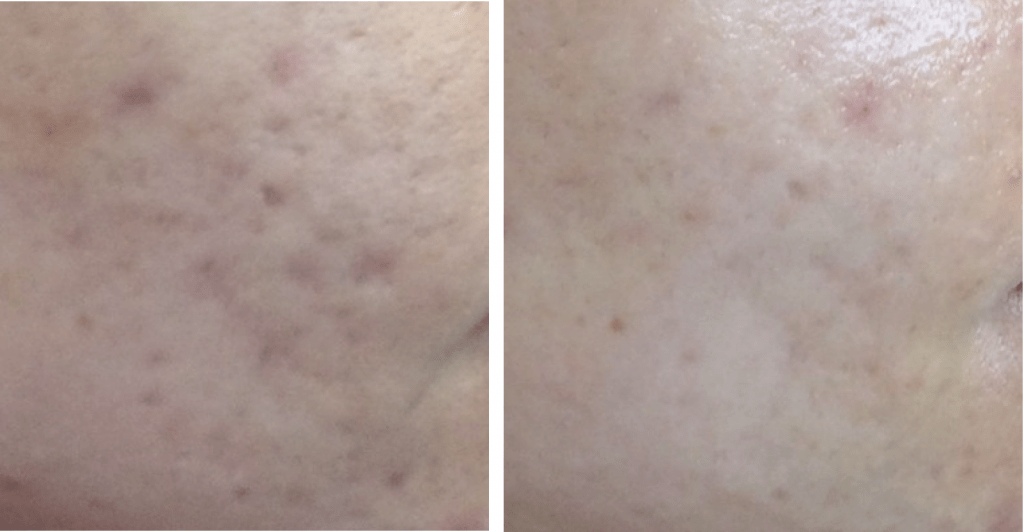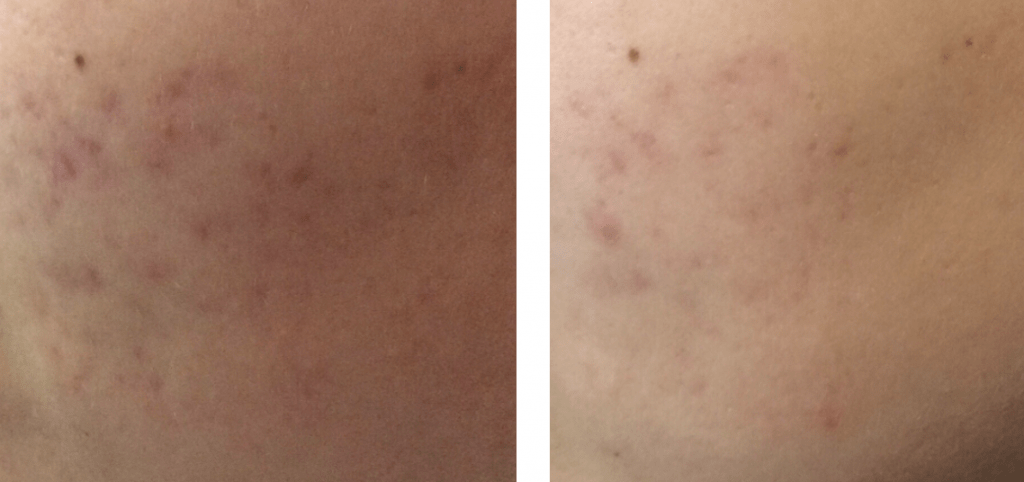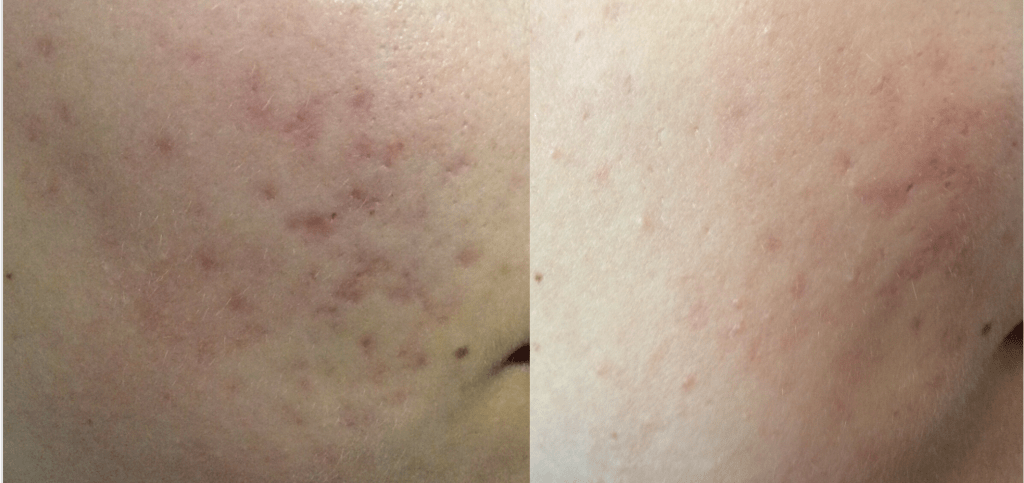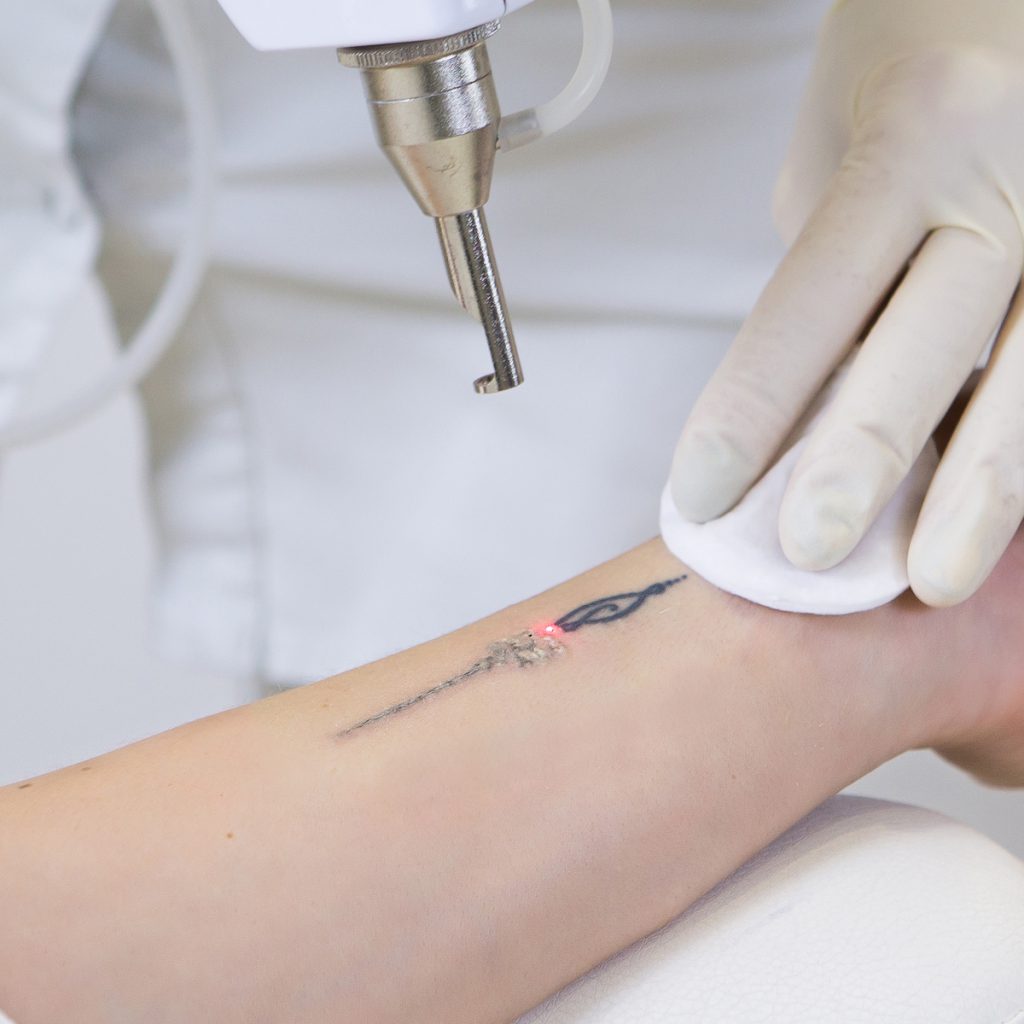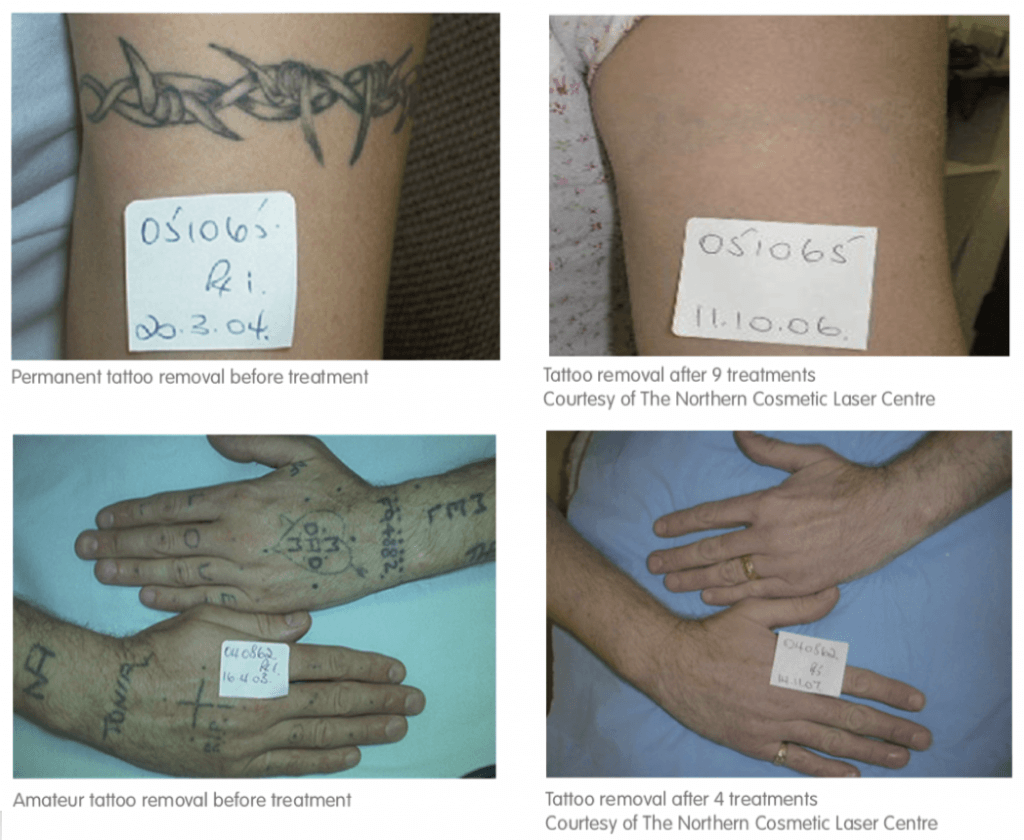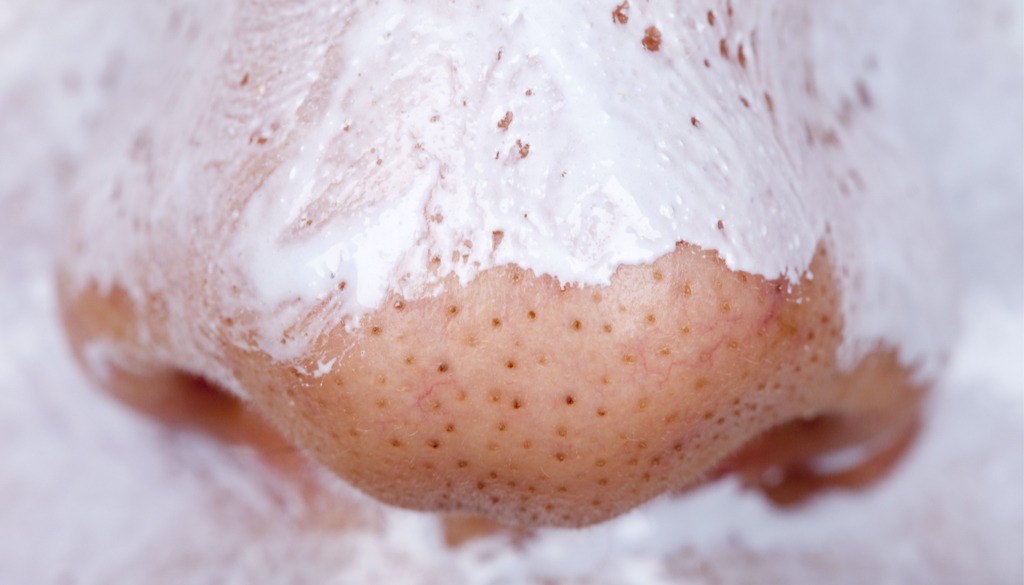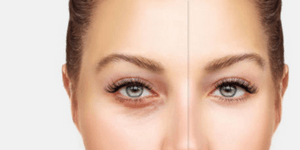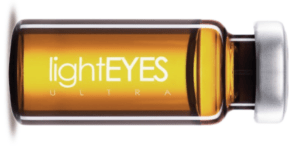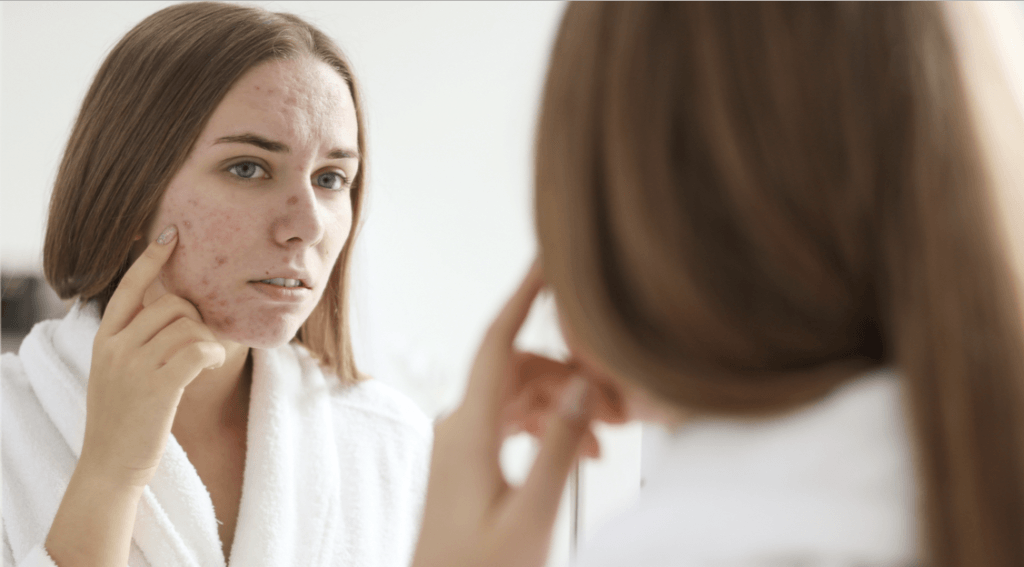Cheshire Lasers Shares Their Quest to Improve Under Eye Wrinkles:
Cheshire Lasers keeps investing in the latest under-eye treatments. Improving this area is challenging, and the results can be disappointing. We have so many successful solutions for treating or improving other areas of the face. However, the under-eye area has a different story.
Over the years, Cheshire Lasers has invested in numerous treatments and machines, hoping to find the latest best treatment for under-eye wrinkles. Sadly, many of them have not fully met our expectations. The treatments either don’t deliver consistently high-quality results in everyone, or they cause too much downtime or discomfort. This does not mean they do not work, because they do, but the results don’t work well in everyone or don’t meet the client’s expectations.
The more aggressive treatments work the best, but some of them can leave you bruised for a week or more, especially when a course of treatments are required.
Which treatments can improve under-eye wrinkles?
Cheshire Lasers offers all of the following Under Eye Treatments.
Our favourite treatments for this area at the moment are Nucleofill, PRP, CACI Eye Revive, Ultraformer MF2 and RF Microneedling
Injectable Treatments:
Botox for Dynamic Wrinkles
Most people have heard of Botox; it is excellent for treating what they call dynamic wrinkles, which are wrinkles caused by repetitive muscle movement. Botox works by temporarily paralysing the muscles that create your wrinkles and fine lines. Treatment of these muscles causes the muscles to relax and the wrinkles soften.
Botox is very effective at muscle relaxation (it starts working within a few days), and as long as you do your research and go to a recommended experienced medical practitioner, you won’t end up with the ‘frozen face’ you see in some celebrities.
Botox helps with dynamic wrinkles, commonly known as crow’s feet, but it does not work so well if your concern is directly under the eye. This is because these lines are usually due to loss of collagen and elasticity of the skin and not just repetitive movement.
Find out more about Botox here.
Injectables That Stimulate Collagen Production.
Cheshire Lasers offers a wide range of injectable treatments that stimulate collagen in the skin to improve skin texture and elasticity under the eyes. They can also help improve puffiness and dark circles and are now more popular than tear-trough injections.
They all involve a course of treatments and can deliver fantastic results. We also still provide tear trough treatments but these are only suitable for certain patients depending on their problem.
View all our under-eye injectable treatments here.
Treatments For Under Eye Wrinkles Non-Injectable:
Most other under-eye anti-ageing treatments involve damaging your skin to make it heal, repair and then regenerate. The results last for varying lengths of time. Generally, the more aggressive the treatment, the better the results and the longer they last.
There are various ways to damage the skin surface:
Some downtime:
- Microneedling
- Fractional Laser
- Plasma treatments
Slight downtime:
- HIFU treatments
- RF Microneedling
No Downtime
- Radiofrequency treatments
- Microcurrent treatments
Treatments unlikely to cause downtime:
Ultraformer MF2
Ultraformer MF2 causes injuries just under the skin using ultrasound energy. The high-intensity energy can be focused at the depth we want, causing injury to the collagen. It does not damage the visible upper layer of skin cells known as the epidermis, so there is little downtime.
This treatment could cause some bruising if you are unlucky. It can also cause a bit of redness, which usually goes after an hour or two. Sometimes it can cause slight swelling, which generally lasts hours or a few days if you are unlucky. Ultraformer MF2 usually requires a course of 3 treatments, sometimes more. It is currently the most popular treatment at Cheshire Lasers. The results are typically visible one month after your first treatment, but the result of collagen remodelling, tighter, younger-looking skin can take three months to be fully appreciated.
Generating approximately 65.4°C into target layers induces natural coagulation and wound-healing processes to stimulate collagen renewal underneath the epidermis. You can read the scientific explanation about how this treatment works here.
Radiofrequency Treatments
The ThermaClinic eye treatment, the Endymed eye treatment, uses radiofrequency technology to heat the skin to around 40 degrees Celsius, which is about the same temperature as a hot shower. The collagen in the dermis layer of the skin is heated to a level where it will contract. This brings on healing and repair, producing new collagen, which remodels and tightens naturally over time.
The CACI Eye Revive
The CACI Eye Revive Treatment involves low-level radiofrequency technology to stimulate collagen, and it then opens up the skin channels of the skin to encourage penetration of hydrating products from the eye revive mask. It soothes tired, puffy eyes, reduces dark circles, lifts hooded eyes and yes, reduces fine lines and wrinkles.
A one-off treatment can lead you to a refreshed look and is great before a special event. However, a course of treatments delivers the best results.
Treatments causing surface trauma and downtime:
RadioFrequency Microneedling
Radiofrequency Microneedling involves puncturing tiny holes into your skin which then delivers an electric current to the collagen layer. This energy damages the skin and underlying collagen to create newer, younger looking firmer skin. The procedure is performed under local anaesthetic, so it is only moderately irritating, despite how it sounds.
The cons: It takes 4-24hrs for the redness to settle. 3 treatments every 5 weeks may be needed for best results, which include brightening, smoothing and fine-line reduction. Although you can take things slowly and have a treatment every few months.
Laser
Resurfacing lasers create trauma to your skin. The most popular one is a CO2 laser. This is often fractionated in small dots to reduce the amount of trauma to the skin and the downtime. There are some downsides to Laser treatments. Your skin will look and feel badly sunburned for a few days to a couple of weeks depending on the intensity of the treatment. It then goes sandpapery texture for a week or two. The results can be fantastic as long as you are prepared for the downtime. No pain no gain as they say! This treatment is not currently available at Cheshire Lasers. Why not visit The Consulting Room website to see who provides this treatment near you.
Plasma
Plasma Devices use Plasma Energy to create trauma to your skin. The downside is the immediate side effects including, swelling and reddening over the treated area for at least 2-3 days. The healing process will include crusting (which should be left to fall away naturally) over the course of about 7-10 days. Sometimes you can be left with residual inflammation/redness of the skin for weeks after treatment. This treatment is, therefore, more popular for the upper eye area where it can be covered rather than under the eye.
Find out more about Plasma here.
How do I know which under-eye rejuvenation treatment is for me?
Injectable treatments run the risk of bruising and swelling after each treatment. Some of the treatments can help the under-eye dark circles as well as the fine lines.
The more ablative treatments such as CO2 laser and Plasma may require fewer treatments but have a longer downtime and can be more uncomfortable.
The Ultraformer is a compromise as it is quite aggressive in the deep layers of the skin. However, it rarely causes downtime. It can be uncomfortable, but the treatment is quick to perform, so any discomfort is over quickly.
CACI Eye Revive is a very relaxing, enjoyable treatment, but a course of 10 treatments is required once or twice a week.
RF Microneedling is an excellent treatment with excellent results and very little down time. However due to the cost of the disposable equipment, it is more expensive to perform and is only cost effective if you are considering a full face or face and neck procedure.
Radiofrequency is also a more enjoyable treatment which feels a bit like a hot stone massage for the face. Maintenance is recommended every six weeks after an initial course of 6 to 8 treatments.
If you are not ready for any of the above treatments, you could try under-eye products.
Please let us know if you would like a consultation for us to discuss your options.
You can book a consultation to discuss our non-injectable treatments here.
Why do we get under-eye wrinkles?
As we age, we lose collagen and elastin in the skin, so the skin loses its capability to bounce back when we move and make different facial expressions. Facial expressions are important, but they do put a strain on our skin and its supporting collagen and over time, can cause dynamic wrinkles.
Smoking, sun exposure, diet and genetics also influence how the skin ages.
One study shows that smoking 30 cigarettes daily will add 14 years to your skin!
There are two types of UV rays present in sunlight. UVB, which is responsible for giving you sunburn and UVA. It is the UVA rays that are responsible for DNA damage and ageing of the skin.
Sugar may also contribute to premature ageing through the process of glycation. Glycation can cause damage the skin tissues over time and may make you more prone to having fine lines and wrinkles.
Genetics and our DNA can also play a role in ageing. Often if your parents and grandparents have great skin, you will, too. However, if they have skin issues like big pores and acne-prone skin, you may also be more susceptible to these issues.
How to prevent wrinkles?
Avoiding smoking, limiting sun exposure and cutting down on sugar will all help to improve your skin health. Eating a healthy, well-balanced diet rich in fruits and vegetables and including oily fish, like salmon, will also improve your skin health. Vitamins and minerals from fruits and vegetables will boost your overall health and give you a glow from within. Hydration is also crucial to keeping your skin healthy and clear, so ensure you are getting enough water throughout the day, too.
Some serums and creams are designed for the eye area that can help prevent more wrinkles.
The ingredients to look out for are:
- Retinol.
- Antioxidants
- Patented peptides.
- AHAs
- Hyaluronic acid / B5 serum
Find out about these ingredients, how they work, and what products you can find them in here.

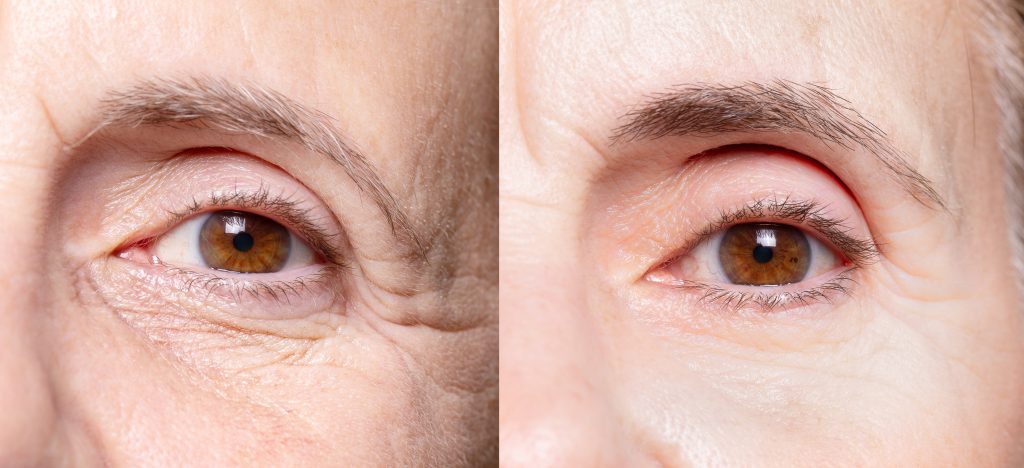
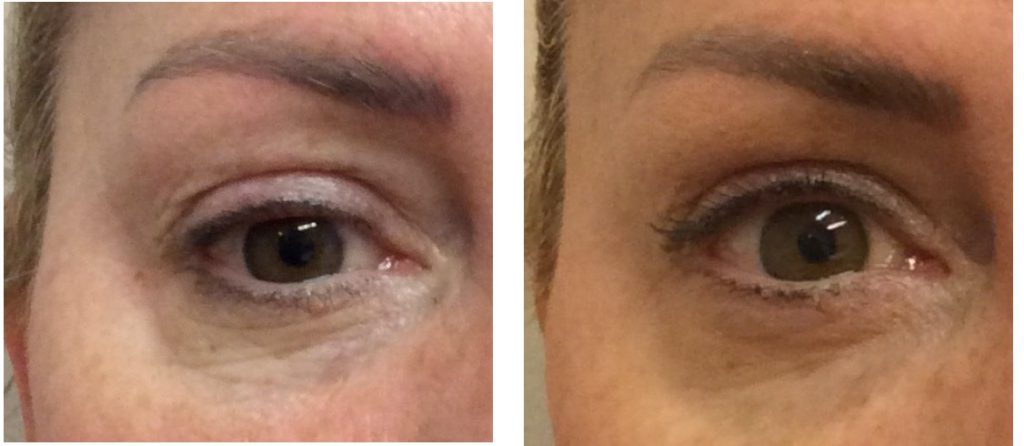

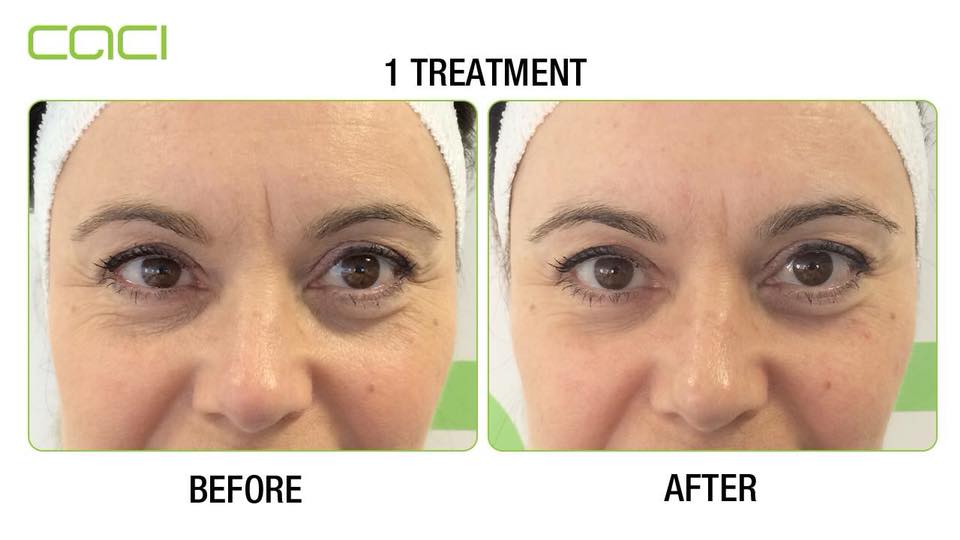
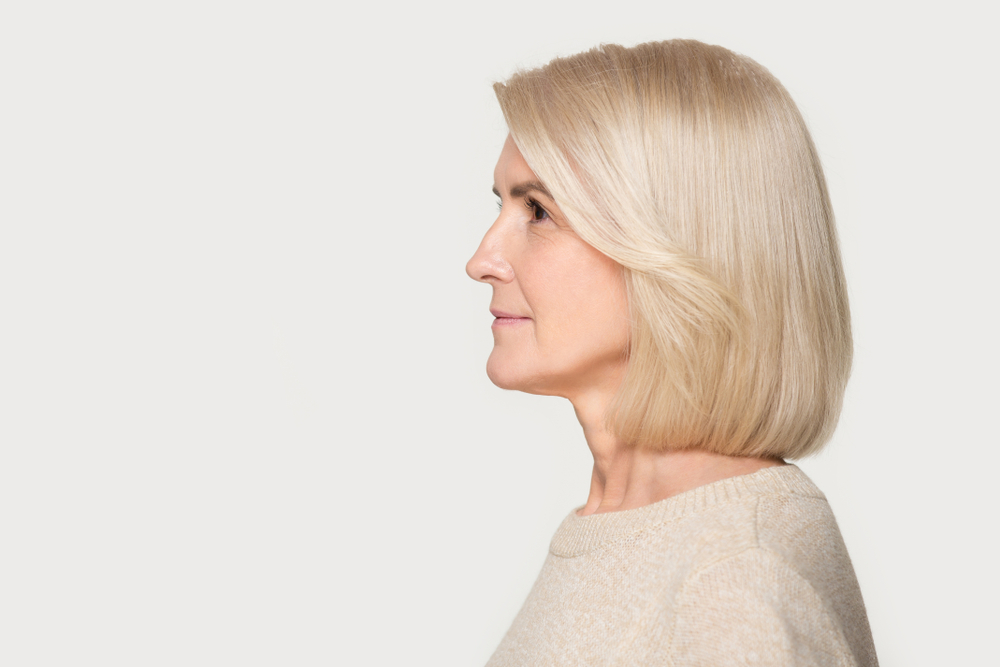
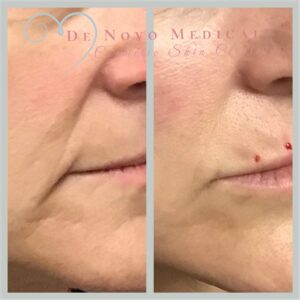
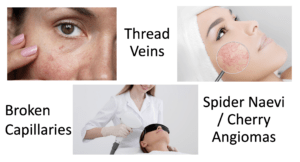
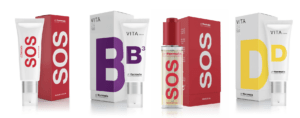
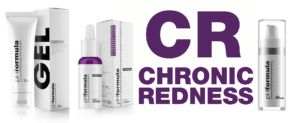
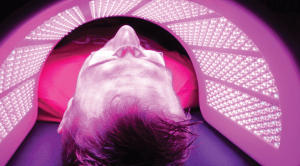
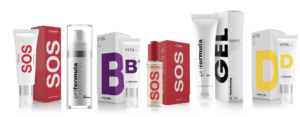
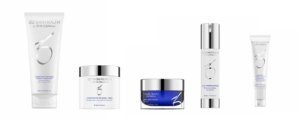 Rozatrol is a serum for red, sensitized skin. It works to normalize skin by reducing excess surface oil. Exfoliating properties provide ultra-mild exfoliation to prevent the signs of premature aging.
Rozatrol is a serum for red, sensitized skin. It works to normalize skin by reducing excess surface oil. Exfoliating properties provide ultra-mild exfoliation to prevent the signs of premature aging.